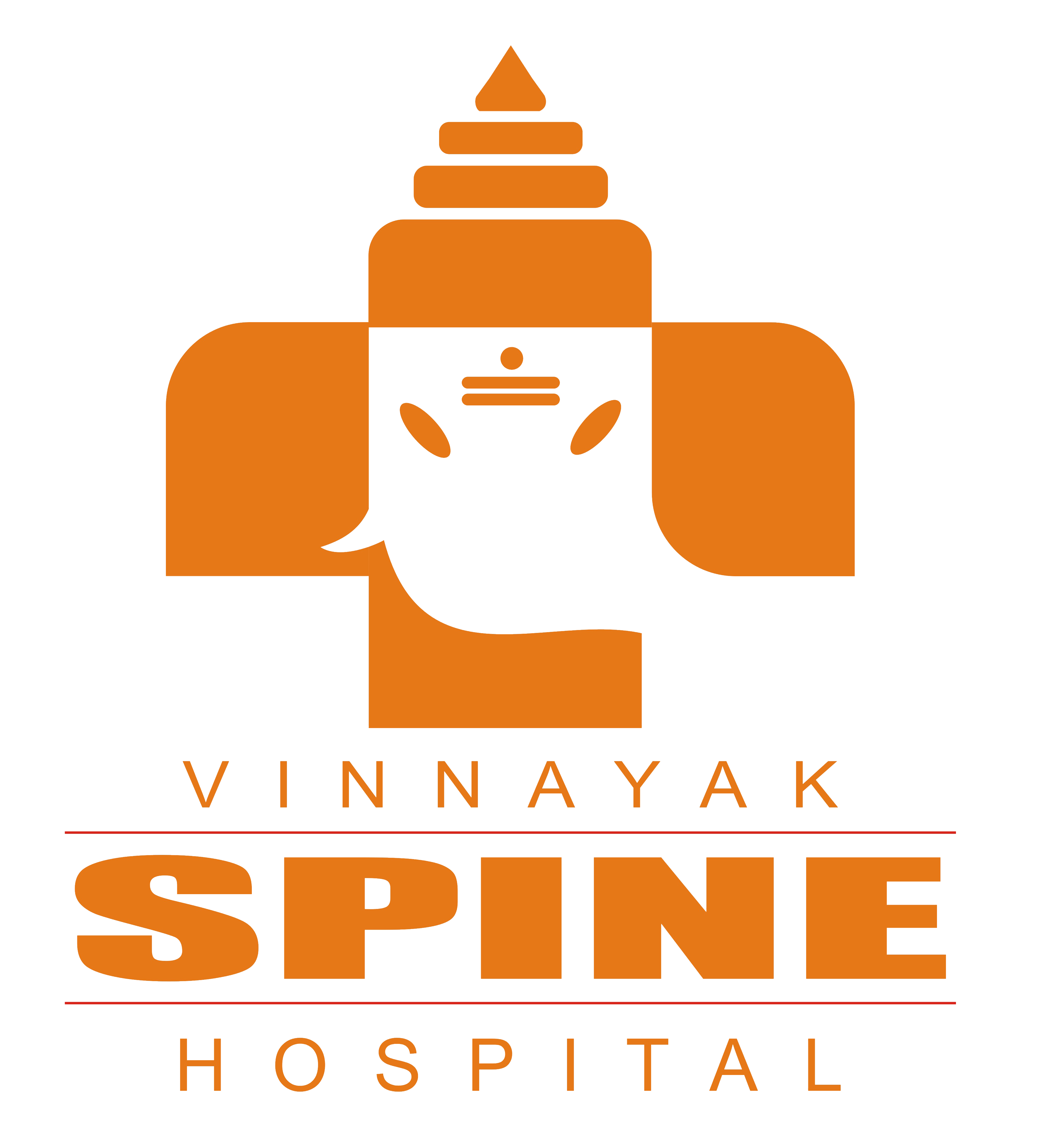Infections of spine
The infection of the spine starts usually outside in another and then later spread to the spine through the blood. It usually involves the disc space and produce disc infection (discitis) and then later collapse causing pain. Later, the spine (vertebra) above and below get infected and collapse and bend forward due to the weight of the body causing spinal cord pinch or nerve pinch causing severe pain. After some time vertebrae fuse due to healing in the bent position, thus nerve / spinal cord pinch remains to cause persistent pain.
Infective spondylitis is commonly due to 2 causes:
♦ Pyogenic (Bacterial)
♦ Tubercular (Pott)
In India, TB spine or Tubercular spine or Pott’s spine is common. This entity was first described by Percivall Pott, who noted painful kyphotic (bend) deformity associated with paraplegia (paralysis of the legs). Since then this condition referred to as `Pott’s disease. Amongst all body parts, the spine is the most common site of involvement and accounts for up to 50% of all bony TB. The lower thoracic region involved followed by lumbar spine, upper dorsal, cervical than the sacral region in decreasing order of frequency. Infection usually begins in the cancellous bone (internal part) of the vertebral body (spine). The area of infection gradually spread to involve adjacent vertebrae, thus weakening the spine and collapse leading to bending (kyphosis) spine. This bend is maximally seen in thoracic spine due to already normal natural kyphotic bend with superadded kyphosis due to TB infection. An abscess (pus) adjacent to the spine occurs in most of the cases and if presses upon the spinal cord can result in leg weakness or paralysis and/or, urine – stool control loss.
In many cases, kyphosis may be the first noticeable point. Obviously, X-ray and MRI of the affected area is a must. The blood test (ESR) is of great importance.
If there is the weakness of the legs due to spinal cord compression then surgery is usually the answer, along with spinal stability by plate fixation. Also at the same time if pus is present then it can be drained. Obviously, anti-tubercular treatment is a must in all the patients.
Also, various types of infection come under the heading of spine infection:
♦ Vertebral osteomyelitis
♦ Epidural abscess
♦ Discitis

